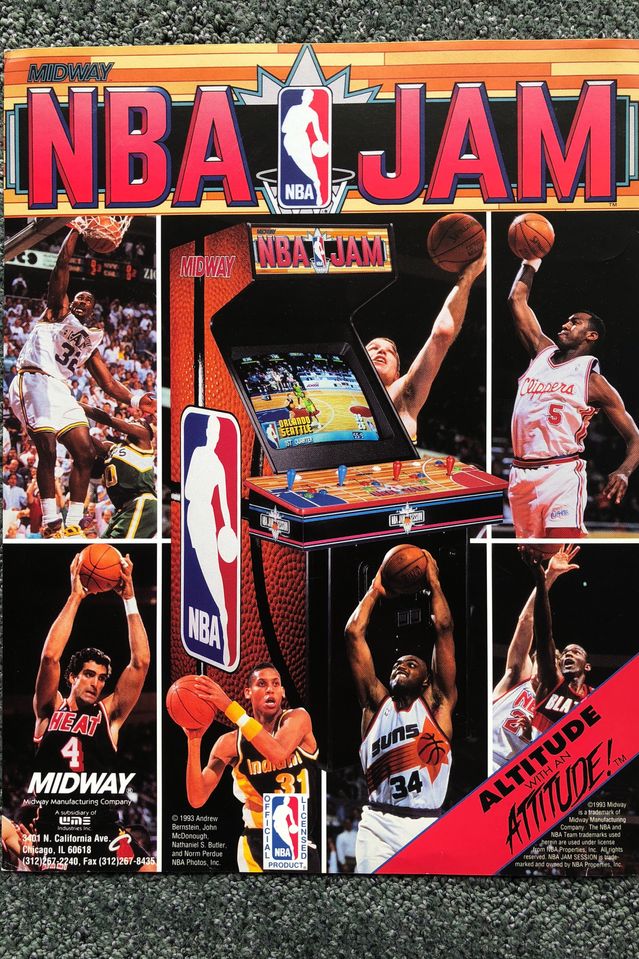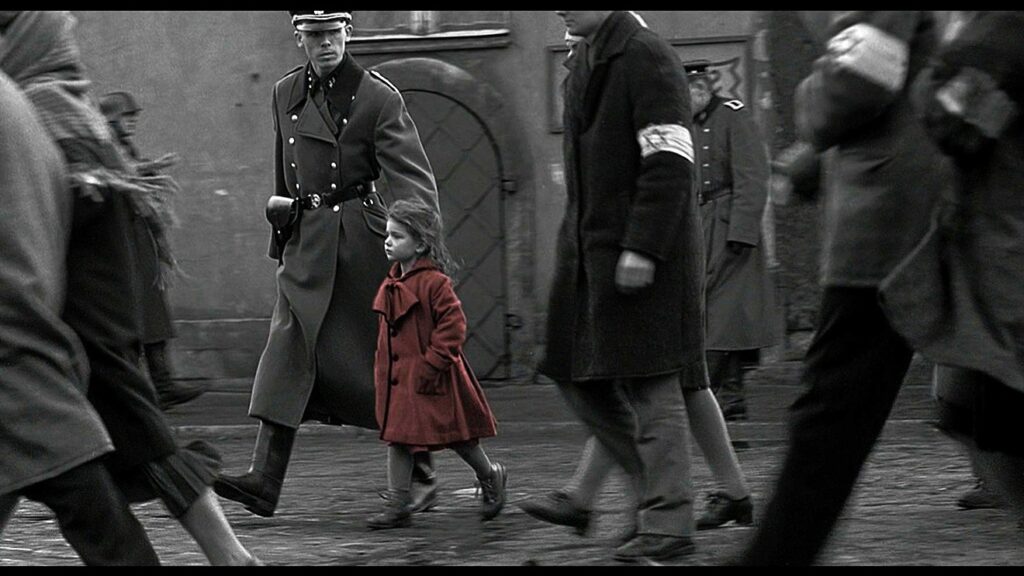“NBA Jam”: Slam-Dunking its Way into Gaming History – Video Game Review

The 1993 release of “NBA Jam” marked a revolutionary moment in the world of sports video games. Developed and published by Midway, “NBA Jam” captivated players across multiple platforms with its over-the-top, arcade-style basketball gameplay, which was a stark departure from the simulation-style sports games of the time. This game not only redefined basketball video games but also left a lasting impact on the genre as a whole.
Gameplay Mechanics: A New Era of Sports Gaming
“NBA Jam” distinguished itself with its fast-paced, two-on-two basketball action, characterized by high-flying dunks, exaggerated physics, and a lack of traditional basketball rules like fouls and free throws. This approach to gameplay was both accessible and immensely entertaining, appealing to both casual players and hardcore sports fans.
One of the game’s most iconic features was its “on fire” mode, which a player could achieve after making three consecutive baskets. While “on fire,” the player’s accuracy and dunking abilities improved dramatically, adding an extra layer of strategy and excitement to the gameplay. This feature not only enhanced the game’s fun factor but also became a cultural catchphrase.
Behind the Scenes: Crafting the Arcade Classic
The development of “NBA Jam” was spearheaded by lead designer and programmer Mark Turmell at Midway. Turmell’s vision was to create an exaggerated version of basketball, inspired partly by the fast-paced action of arcade games. The development team, including artist Sal Divita and audio engineer Jon Hey, worked to bring this vision to life.
A significant challenge was creating the digitized sprites of real NBA players, a process that involved filming actual players and then digitizing the footage into playable characters. This technique was groundbreaking for the time and contributed to the game’s authentic feel.
Graphics and Sound: Setting the Bar High
“NBA Jam” boasted cutting-edge graphics for its time. The use of digitized sprites created a sense of realism that was unparalleled in sports video games of that era. The fluid animations and dynamic character movements added to the game’s energetic feel.
The sound design was another standout aspect of “NBA Jam.” The game featured memorable catchphrases from commentator Tim Kitzrow, including the iconic “He’s on fire!” and “Boomshakalaka!” These phrases have since become ingrained in popular culture, synonymous with the game itself.
Cultural Impact and Popularity: Beyond the Arcade
“NBA Jam” was a massive commercial success, popular in arcades and on various home gaming systems, including the Super Nintendo Entertainment System (SNES) and the Sega Genesis. The game’s appeal transcended typical sports game audiences, attracting players who might not typically play basketball games.
The game also had a significant impact on the portrayal of sports in video games. Its success proved that sports games did not have to strictly adhere to realistic simulations; they could also be fun, exaggerated, and arcade-like.
Legacy and Influence in the Gaming Industry
The legacy of “NBA Jam” is evident in its influence on subsequent sports games. Its over-the-top style and emphasis on fun and accessibility can be seen in later sports titles, particularly in arcade-style games.
Additionally, “NBA Jam” was one of the first sports games to successfully incorporate licensed professional athletes, setting a precedent for future sports games to include real-life players and teams.
Final Thoughts
“NBA Jam” remains a landmark title in the world of sports gaming. Its innovative approach to gameplay, combined with groundbreaking graphics and memorable sound design, created an experience that was both unique and immensely enjoyable. The game’s cultural impact, particularly its influence on the portrayal of sports in video games, is undeniable. “NBA Jam” was more than just a game; it was a cultural phenomenon that captured the imagination of a generation and continues to be celebrated in the gaming community.




